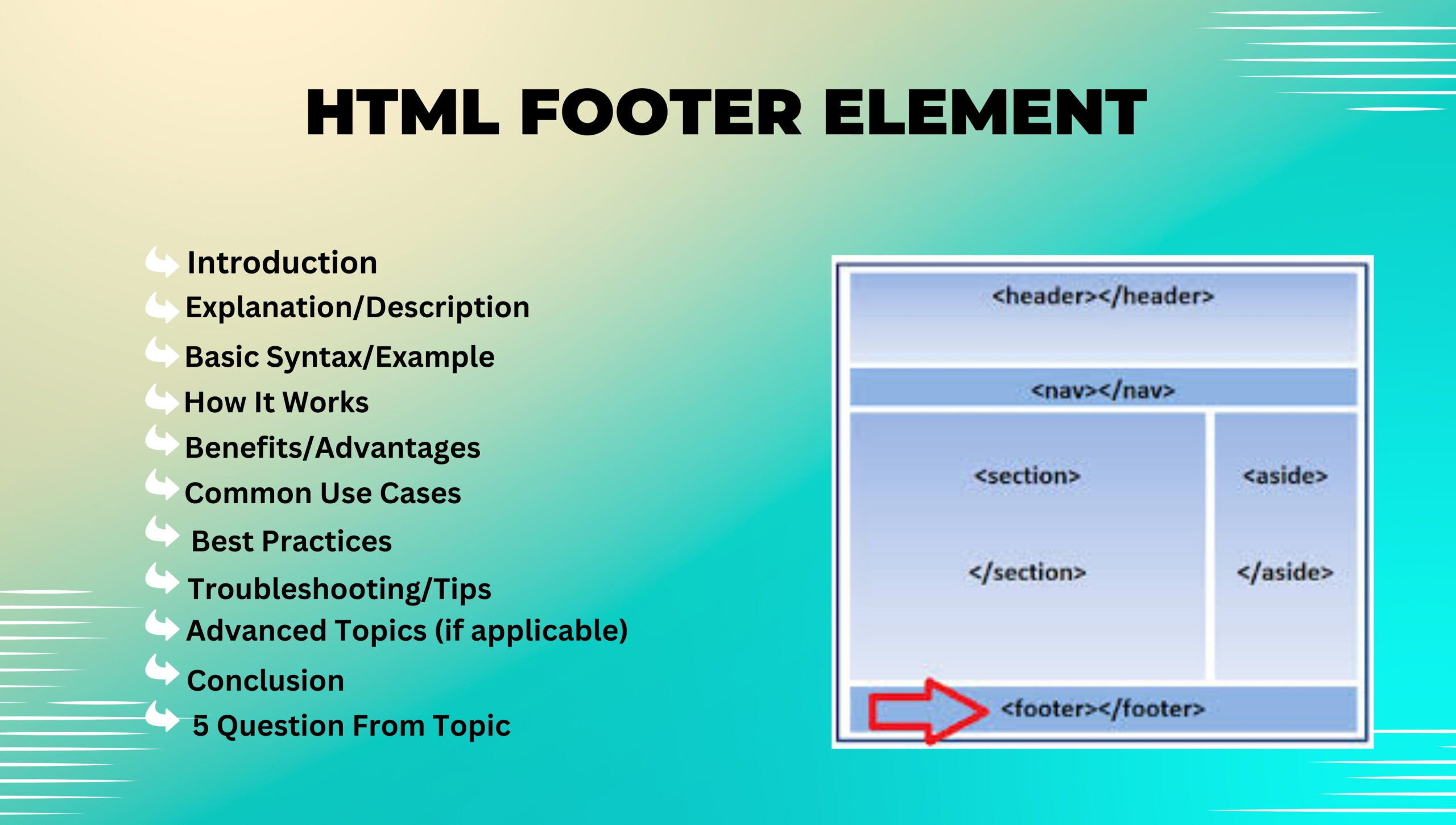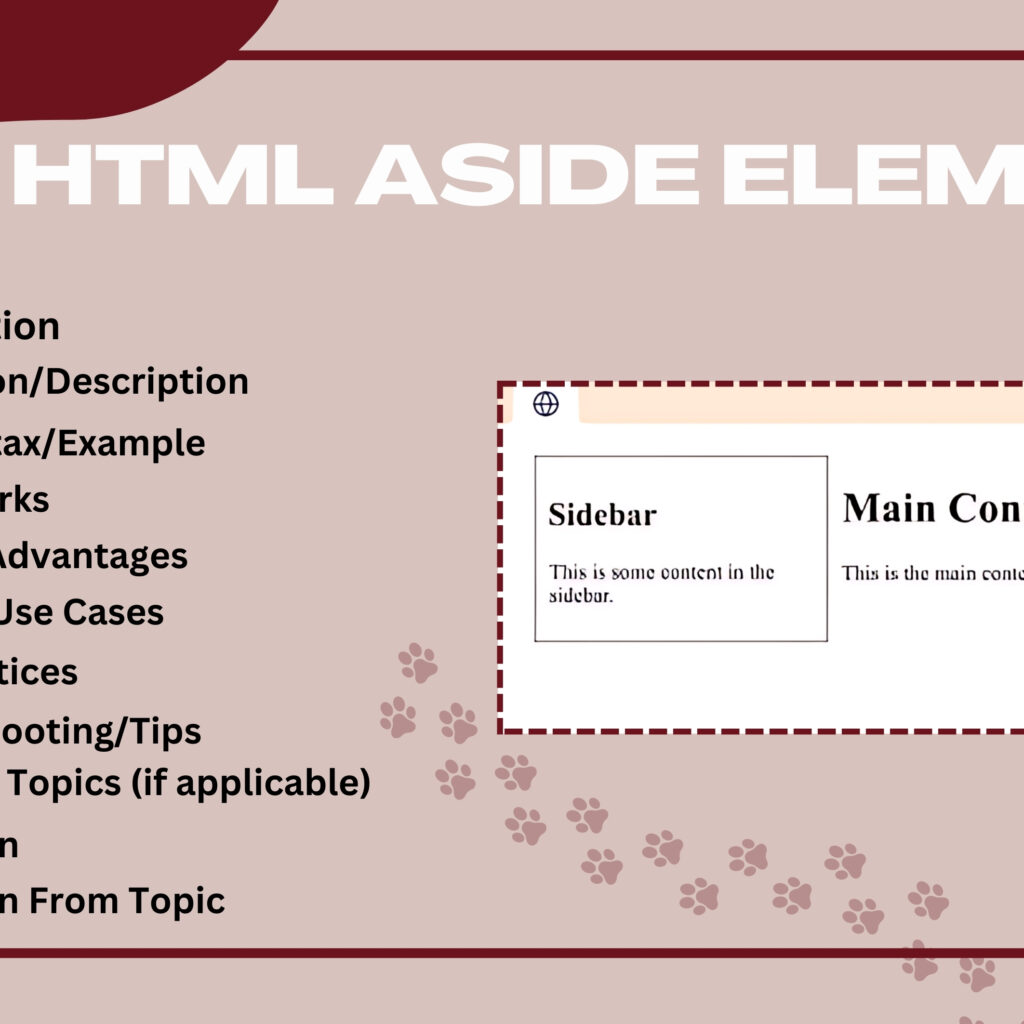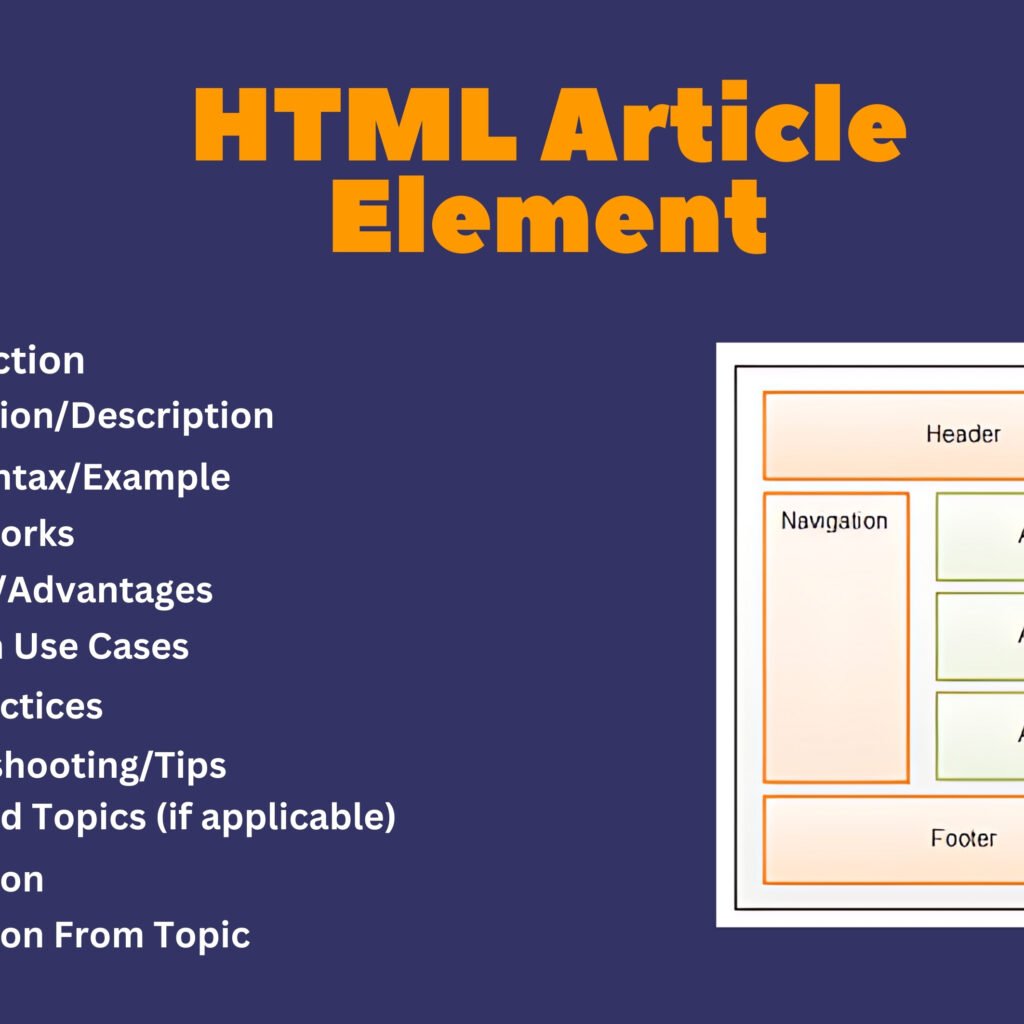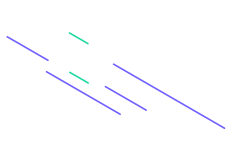
Introduction
The HTML <footer> element represents the footer for its nearest sectioning content or sectioning root element. It is used to group footer content, such as copyright information, legal links, or contact information, at the bottom of a web page or section.
Explanation/Description
The <footer> element is designed to contain information about its section, such as authorship details, related documents, and copyright information. It can be used within <body>, <article>, <section>, <aside>, and <nav> elements to create footers for different parts of the document.
Basic Syntax/Example
<!DOCTYPE html>
<html>
<head>
<title>Footer Element Example</title>
</head>
<body>
<header>
<h1>My Website</h1>
<nav>
<ul>
<li><a href="#home">Home</a></li>
<li><a href="#about">About</a></li>
<li><a href="#services">Services</a></li>
<li><a href="#contact">Contact</a></li>
</ul>
</nav>
</header>
<main>
<article>
<header>
<h2>Article Title</h2>
</header>
<p>Article content goes here...</p>
<footer>
<p>Author: John Doe</p>
<p><a href="#contact">Contact Author</a></p>
</footer>
</article>
</main>
<footer>
<p>© 2024 My Website. All rights reserved.</p>
<nav>
<ul>
<li><a href="#privacy">Privacy Policy</a></li>
<li><a href="#terms">Terms of Service</a></li>
<li><a href="#contact">Contact Us</a></li>
</ul>
</nav>
</footer>
</body>
</html>
In this example:
- The main footer at the bottom of the page includes copyright information and navigation links.
- An article-specific footer includes authorship details and a contact link.
How It Works
- Block-Level Element: The
<footer>element is a block-level element, meaning it starts on a new line and takes up the full width available. - Structural Role: It provides a clear, semantic definition of footer content for both the entire document and individual sections.
- Contains Metadata: Typically includes metadata about the section it belongs to, such as authorship, legal information, and contact links.
Benefits/Advantages
- Semantic Clarity: Clearly defines footer content, helping both users and search engines understand the structure of the document.
- Improved Accessibility: Enhances accessibility by providing a recognizable structure that assistive technologies can navigate more easily.
- SEO Benefits: Helps search engines understand the layout and content hierarchy of the web page, which can improve SEO.
Common Use Cases
- Website Footers: Containing site-wide footer information, such as copyright, privacy policies, and contact links.
- Article Footers: Providing authorship information, related links, and contact information specific to an article.
- Section Footers: Adding footer content to specific sections of a document, enhancing the structure and readability.
Best Practices
- Consistent Use: Use the
<footer>element consistently across your site to define footer sections clearly. - Avoid Redundancy: Do not use the
<footer>element if it would create redundant or unnecessary structure. - Combine with ARIA: Use ARIA roles and landmarks to enhance the accessibility of the
<footer>element for screen readers.
Troubleshooting/Tips
- Check Hierarchy: Ensure the footer content follows a logical hierarchy and is not nested unnecessarily.
- Validate HTML: Use HTML validators to check for proper use of the
<footer>element and fix any issues. - Responsive Design: Make sure the footer content is responsive and looks good on different screen sizes.
Advanced Topics (if applicable)
- Sticky Footers: Implement sticky footers using CSS to keep the footer visible at the bottom of the screen while scrolling.
- Dynamic Content: Use JavaScript to dynamically update the footer content based on user interactions or other conditions.
- ARIA Landmarks: Enhance the accessibility of your footers by using ARIA landmarks (
role="contentinfo") for main footers.
Conclusion
The HTML <footer> element is a powerful tool for defining footer content and metadata for a document or section. By using <footer> effectively, developers can enhance the semantic structure, readability, accessibility, and SEO of their web content.
Five Questions
- What is the primary purpose of the HTML
<footer>element? - How does the
<footer>element enhance the structure and accessibility of a web page? - What are some common use cases for using the
<footer>element in HTML documents? - How can ARIA landmarks be used to improve the accessibility of the
<footer>element? - What are some best practices for ensuring the
<footer>element is used effectively and semantically?




